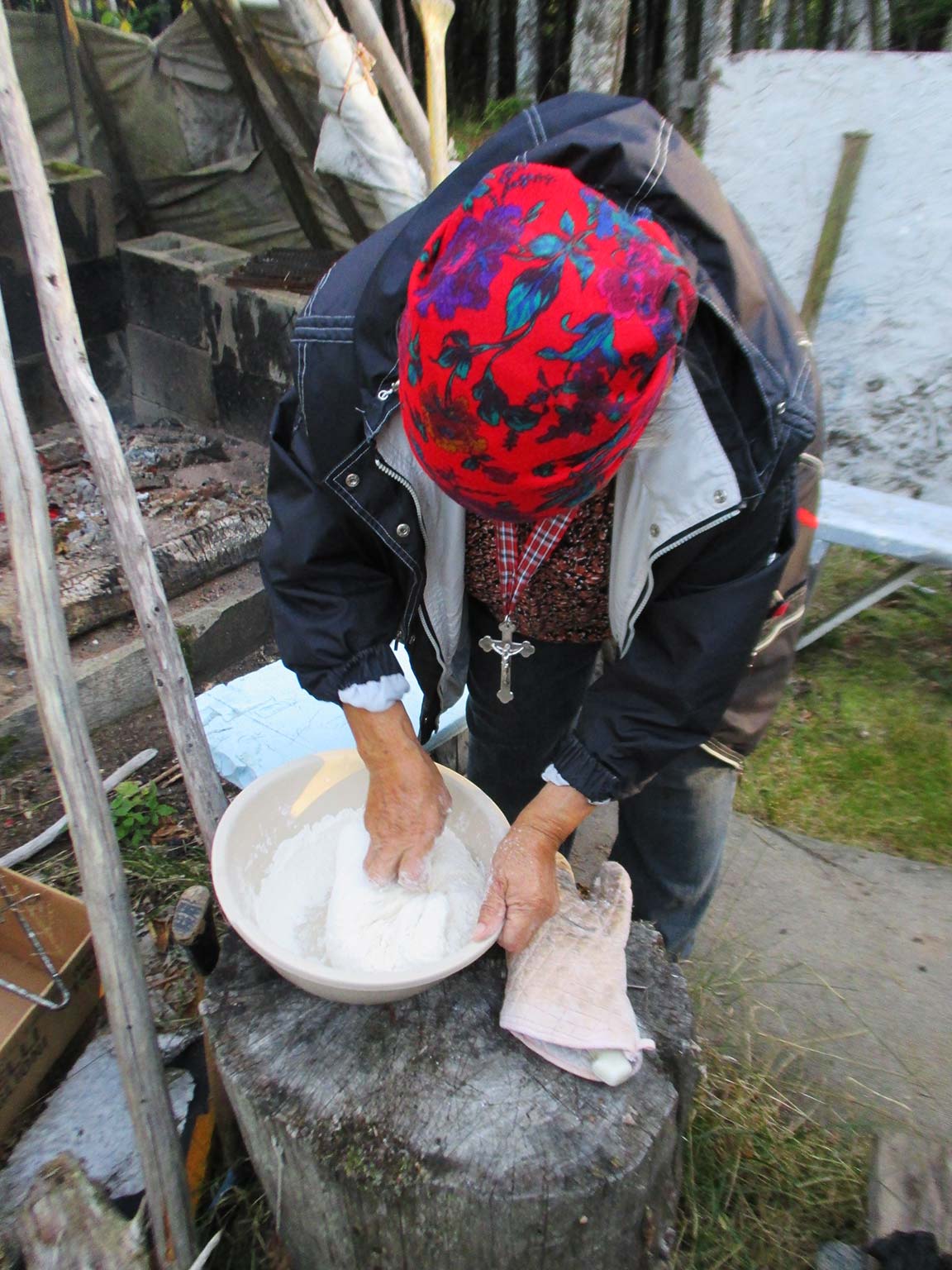littoral chair research project
JES! YES! First Nations Youth, Environment and Health

Context
Every day, humans are exposed to a wide range of contaminants in their environment, i.e. in the air, drinking water, food, or consumer goods. It is generally accepted that Indigenous communities living in remote regions are at greater risk of exposure to contaminants due to their close ties with the land and consumption of certain wild foods. In fact, these traditional foods are of exceptional quality and represent a dietary intake that is essential for the health and well-being of First Nations as well as cultural continuity. However, some traditional foods may contain high levels of contaminants, which accumulate in wildlife. In addition, many Indigenous partners are concerned about industrial development near their communities, which may impact the environment, wildlife, water, air quality and their health. First Nations children and youth are one of the most vulnerable sub-populations to environmental contaminants in Canada, but data on their exposure levels and health effects remain scarce.
Objectives
- Study the levels of exposure to several environmental contaminants and different health determinants for children and young adults (aged 3 to 19 years) in four First Nations communities in Quebec
- Document the feasibility and best research practices for the FEHNCY project which is based on the findings of this study
Team members involved
Funded by
- Health Canada
- Nasivvik Research Chair
Main investigator
- Mélanie Lemire
Co-investigators
- Pierre Ayotte (Institut National de Santé Publique du Québec/Laval University)
- Gina Muckle (Laval University)
- Mylène Riva (McGill University)
- Michel Lucas (Laval University)
Partners
- Institut National de Santé Publique du Québec; First nations of Quebec and Labrador Health and Social Services Commission
- Communities of Winneway – Long Point First Nation, Lac Simon, Nutashkuan and Unamen Shipu
- Regional public health directorates of l’Abitibi-Témiscamingue and Côte-Nord
